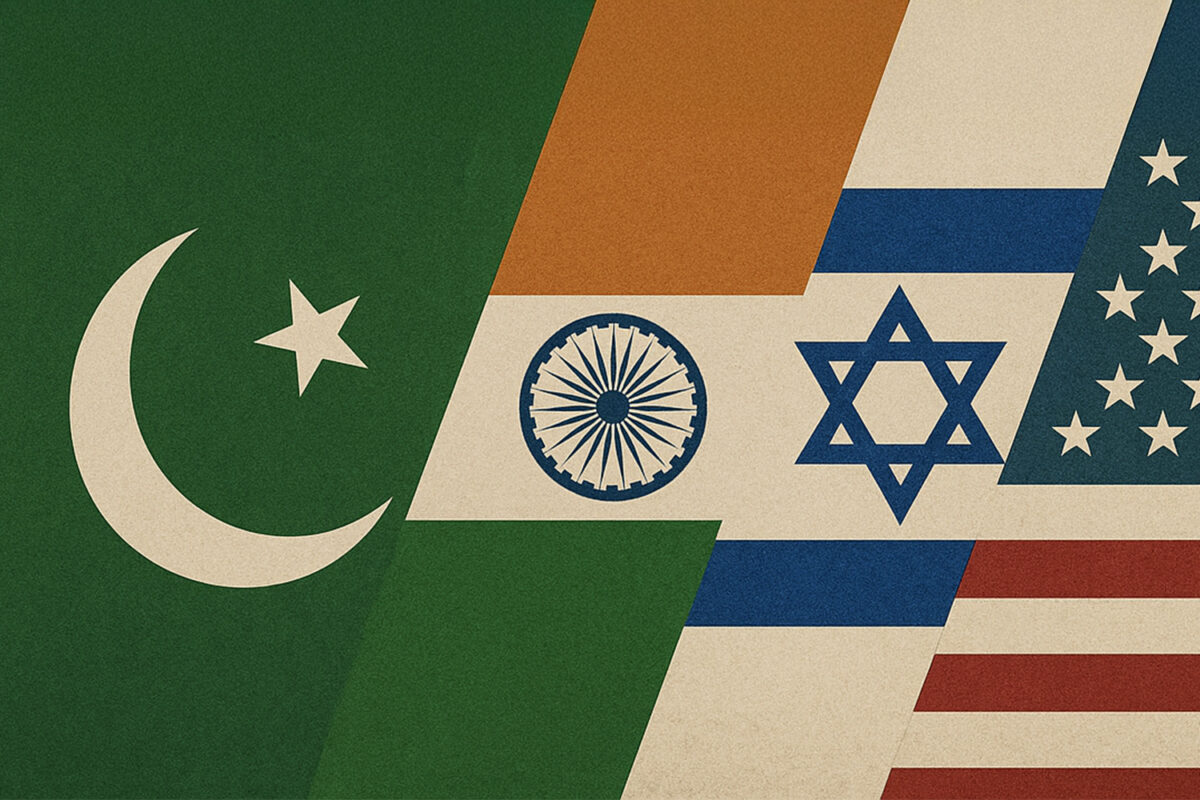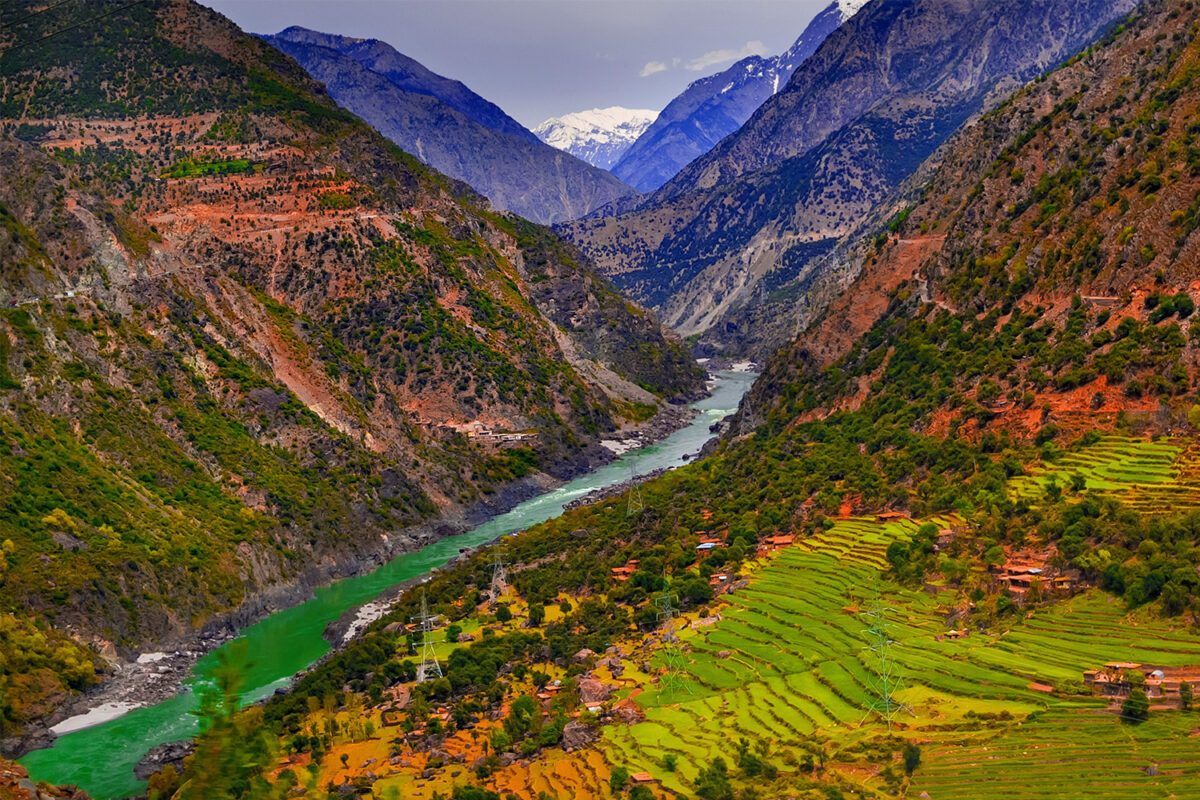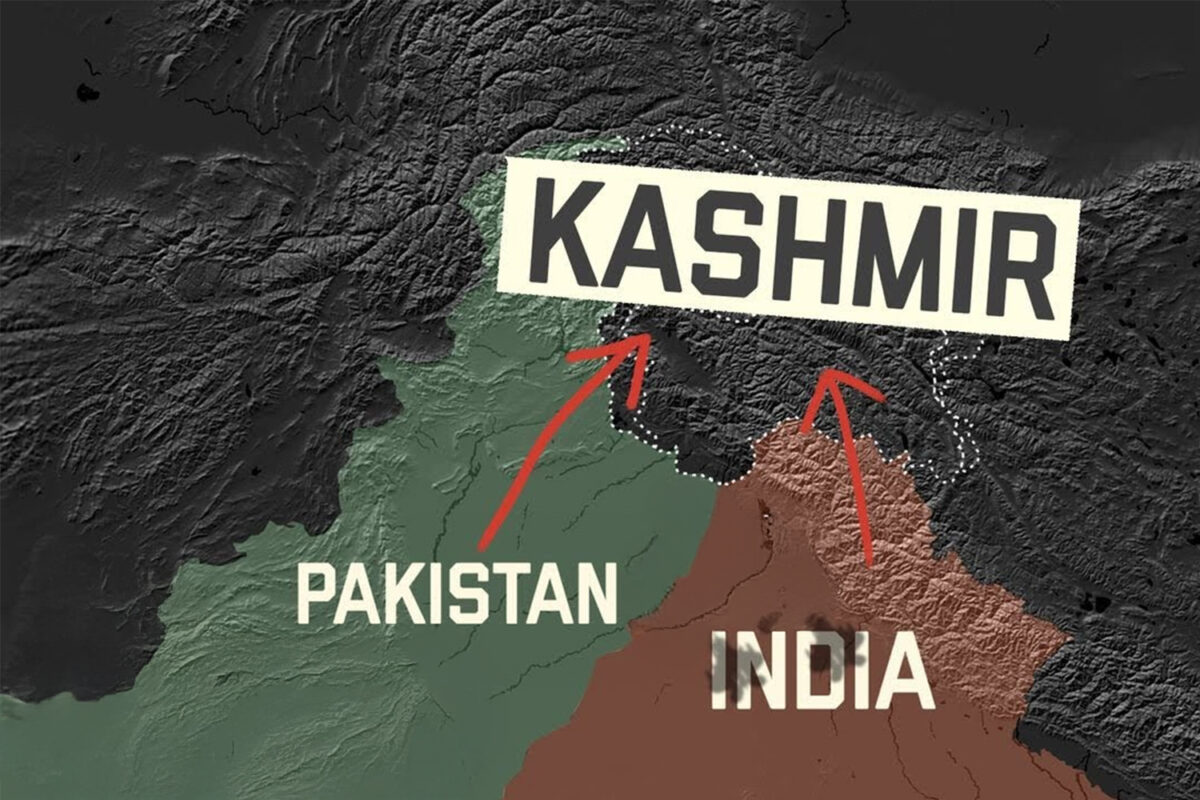He was as revered in Pakistan as he was vilified in the West. From humble beginnings as a metallurgical engineer to the face of Pakistan’s nuclear program, Abdul Qadeer Khan was no stranger to controversy. Though Pakistan’s top nuclear scientist has passed, he leaves behind a legacy of nuclear statecraft that continues to trouble regional and global powers; indeed the question of Pakistan’s capabilities remains a hot topic in the corridors of nuclear power.
The early 1970s witnessed a number of seismic events which catalysed Pakistan’s Nuclear Program. The loss of East Pakistan, Indian military intervention therein and the wider context of a global nuclear arms race spurred the need for a policy of deterrence in Pakistan. What followed was an era of nuclear proliferation in South Asia.
Justified under the pretext of the then Eisenhower-inspired Atoms for Peace program, both India and Pakistan inherited civil and electrical technology from Canada and the United States. But Pakistani intelligence had reportedly warned Ayub Khan and incoming Presidents from 1968 onwards that India was clandestinely and actively working towards the weaponisation of her civil nuclear program. On 20 January 1972, President Zulfikar Ali Bhutto invited his top nuclear physicists, Dr. Abdul Salam, Dr. Ishrat Usmani and Dr. Munir Ahmed Khan to a secret meeting in Multan in which he gauged their expert opinion as to the nation’s capacity for the development of nuclear weapons. When they responded in the affirmative indicating a timeframe of five years, he asked them to do so in three. Though these deliberations would be galvanised into a firm resolve, what accelerated Pakistan’s race towards weaponisation was the 1974 Indian testing of the ‘Smiling Buddha’ in the Pokhran Range in the desert of Rajasthan near the Indo-Pakistan border. Indeed this marked a watershed moment in the history of the development of Pakistan’s nuclear doctrine.
Islamabad would at this point have deliberated at the prospect before her; looking at herself she would see her biggest population centres and four of her major cities within extremely close range of her foremost enemy state, whilst a cursory glance at her immediate surroundings would reveal three nuclear powers in an increasingly hostile backdrop of nuclear armament. It came as little surprise then that Pakistan would seek a forward posture of deterrence through the acquisition of nuclear weapons.
The Depth of Nuclear Know-How
Whilst Pakistan’s nuclear program was initiated in the corridors of power, it owes its development to the scientific contributions of Salam, Usmani and Khan. Salam and Usmani are credited with training six hundred scientists under the umbrella of the Pakistan Atomic Energy Commission (PAEC), the establishment of the Pakistan Institute of Nuclear Science and Technology (PINSTECH) and the establishment of the nation’s first nuclear reactor, with the latter being jointly awarded the 1979 Nobel Prize in Physics for contributions to the theory of the unified weak and electromagnetic interaction between elementary particles. These were remarkable achievements, bringing a nation that “had no training programs whatsoever in the basic sciences or in applied sciences” to the threshold of innovative technology in applied nuclear physics within a short span of a decade. Their successor Dr. AQ Khan would later be credited with the development of Pakistan’s uranium enrichment capabilities.
These were remarkable achievements, bringing a nation that “had no training programs whatsoever in the basic sciences or in applied sciences” to the threshold of innovative technology in applied nuclear physics within a short span of a decade
Delivery Systems
Though progress was initially slow, by the mid-1980s Pakistan had produced enough highly enriched uranium (HEU) for a nuclear weapon. However, to meet their policy of effective deterrence, Pakistan needed not just the weapons but also the systems to deliver those weapons. The Kahuta-based Khan Research Laboratories (KRL) continued working on enrichment and was tasked with research and development of missile delivery systems, which are essential in delivering nuclear warheads to the point of detonation. India built her delivery systems and tested her largest two stage ballistic missile Prithvi III in 2000.
Mere months before Pakistan conducted its own tests, governments and intelligence agencies the world over speculated as to the preparedness of Pakistan’s delivery systems. A decisive response came in the form of 6 nuclear devices that were tested in underground tunnels on the 28th of May 1998, with seismic readings which demonstrated a capability many had long surmised. Pakistan had at its disposal M-11s and Ghauris as land-based mobile missile delivery systems which could circumvent the first-strike vulnerability.
Washington Changes her Tune
The Clinton Administration was quick to condemn the testing declaring that “now and for the foreseeable future, we will enforce sanctions firmly, correctly, and promptly” which in theory was against both India and Pakistan but in practice it would have harsher consequences on the latter, where crippling sanctions debilitated an already weak economy. The commentary also marked a noticeable change in tact, as Pakistan had up until then been the US’ reliable partner in South Asia, with whom the secrets of a civil nuclear program had been shared, and who had been a US ally under the South East Asia Treaty Organisation (SEATO) and the Central Treaty Organisation (CENTO).
The change in Washington’s tone soon became a hallmark of American commentary on Pakistan’s Nuclear Program, alleging that Abdul Qadeer Khan had stolen nuclear secrets and smuggled material out of a dutch facility, that Pakistan sold centrifugal technology secrets to North Korea, as well as a host of other allegations. But Pakistan not only doubled down in its refusal to open its nuclear program up for inspection, but also relentlessly pursued an aggressive nuclear program which in recent times has evolved from considering strategic warheads to tactical ones.
Tactical Nukes
The Bulletin of the Atomic Scientists recently projected that with several new delivery systems in development, four plutonium production reactors, and an expanding uranium enrichment infrastructure, Pakistan’s stockpile has the potential to increase further over the next 10 years. Three decades on, though she boasts hybrid submarines which are diesel powered with the capacity to carry nuclear warheads, Pakistan looks towards purchasing eight air-independent propulsion-powered submarines from China, to create a nuclear triad.
Key voices, such as that of Gen. Khalid Kidwai have signalled the deployment of tactical nuclear warheads, which he contends will “block the avenues for serious military operations by the other side”. Pakistan has in its arsenal not only long-range missiles and aircraft but also several short-range, lower-yield nuclear-capable weapon systems. With an estimated 165 warheads of tactical capability, Pakistan can at least confidently assume a forward defensive posture under a policy of genuine nuclear deterrence.
When the USSR’s ‘Seven days to the River Rhine doctrine’ was leaked, the United States responded with a policy of deploying tactical warheads, and this is essentially the capability that Islamabad seeks to emulate in establishing parity with Mumbai. Given the intractable conflict that the two nations appear to be perpetually embroiled in, and the dividends that nuclear statecraft has paid her over the last four decades, Pakistan will likely continue to aggressively protect her borders in an ever more hostile nuclear arms race that the world looks on with bated breath.




